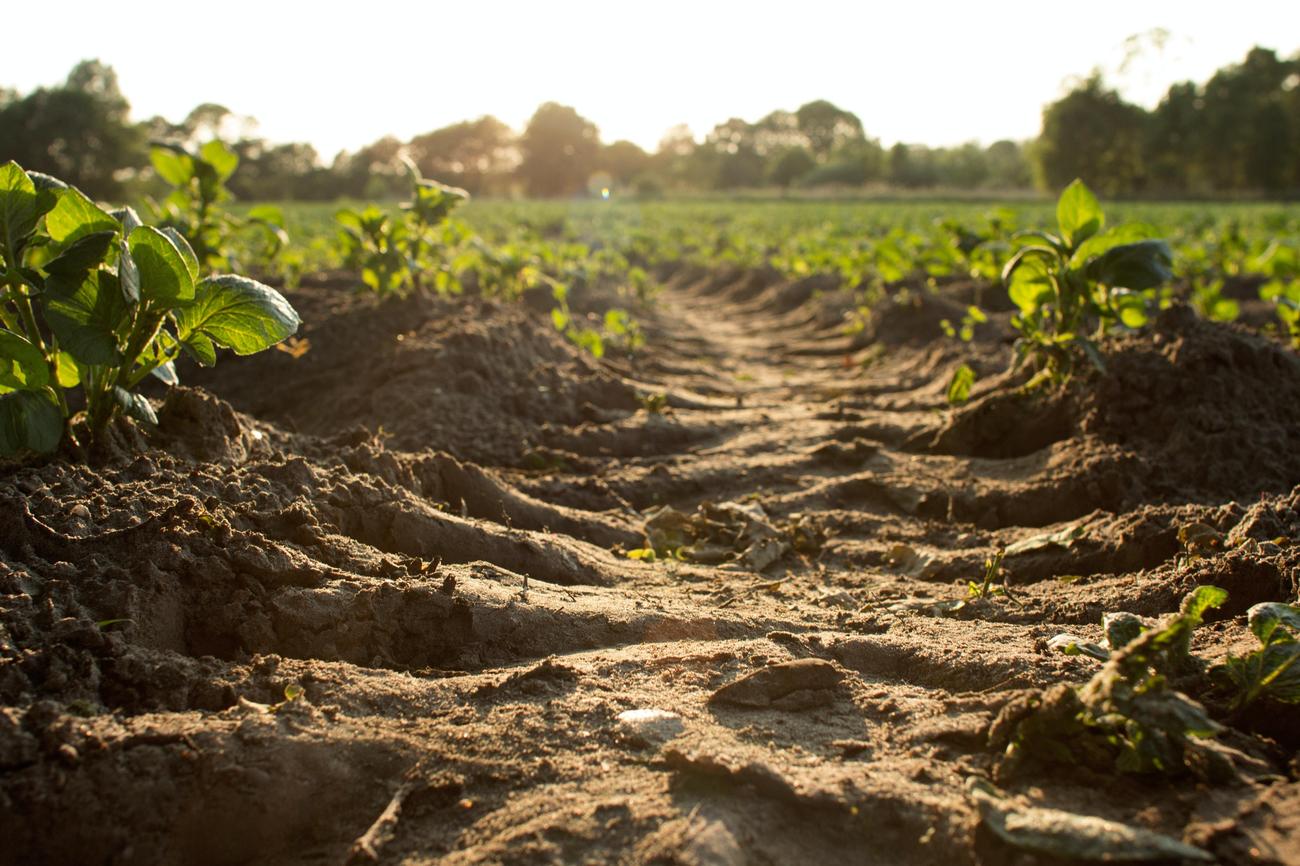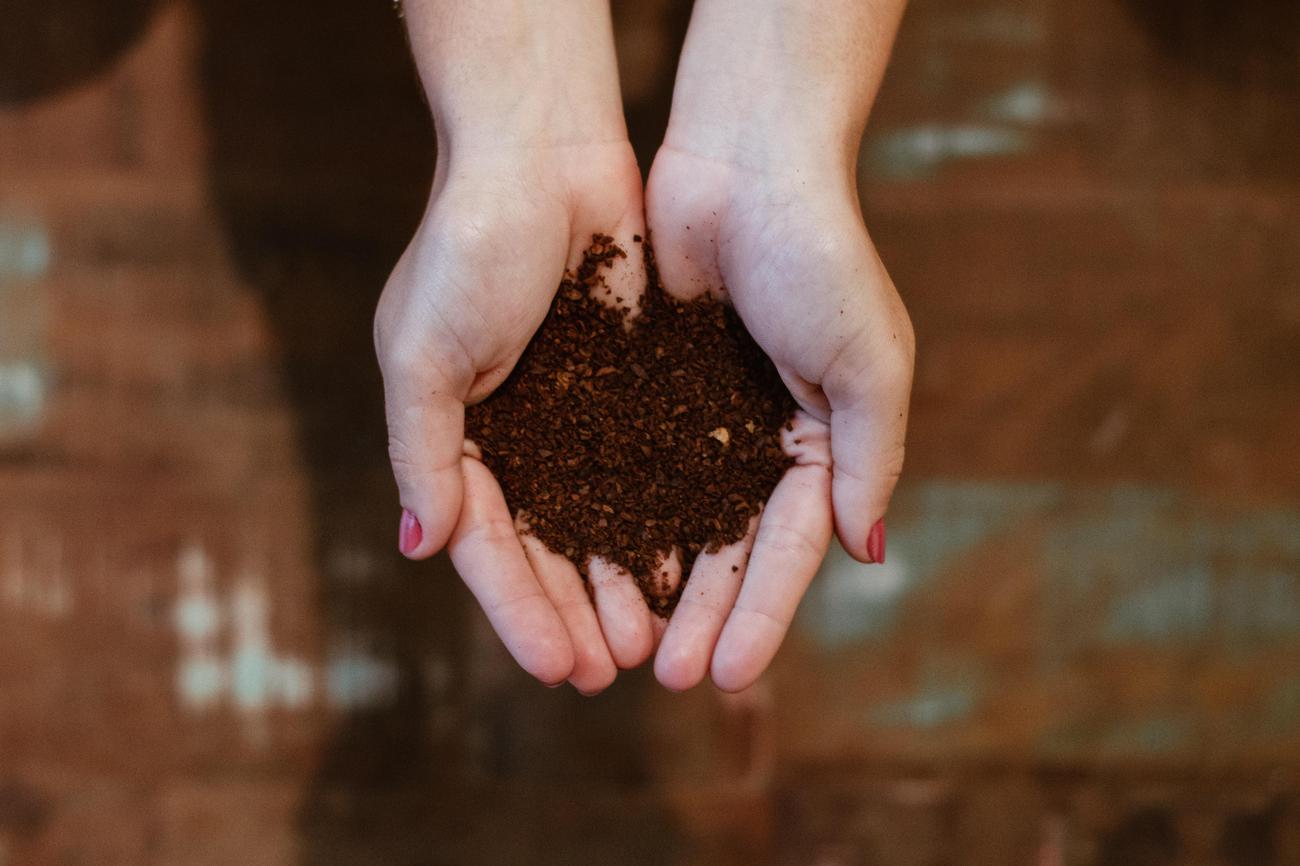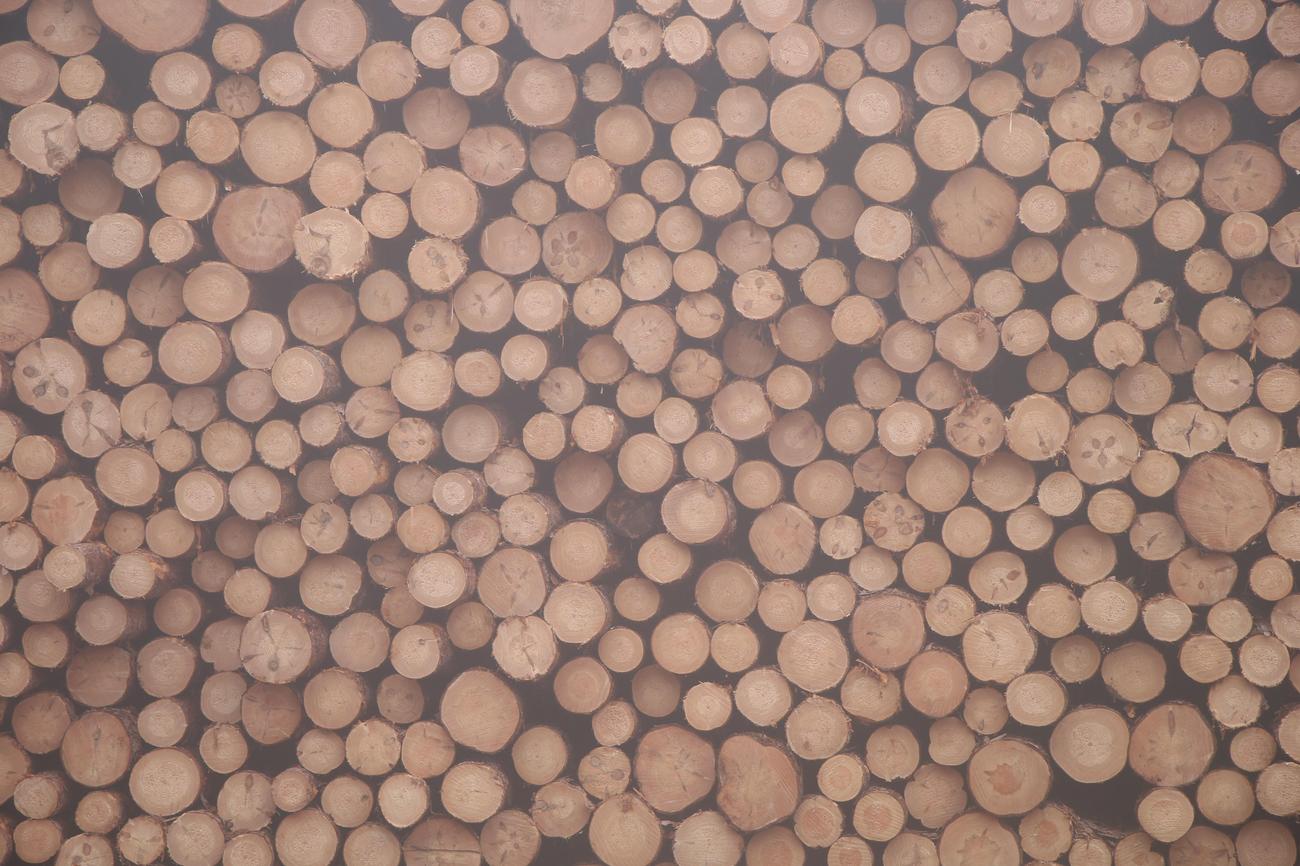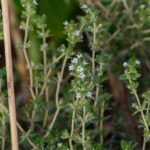Unveiling the Origins and Significance of Compost’s Name: Why is compost called compost? As a seasoned environmental researcher and horticultural expert, I have devoted years to understanding sustainable practices and their importance. Through my extensive research on composting and its various applications, I have discovered the fascinating origins and nomenclature of organic materials. With a deep-rooted passion for soil science and a knack for simplifying complex concepts, I am dedicated to unraveling the mysteries behind compost’s name and highlighting its essential role in waste management, gardening, and soil enrichment. Join me as I delve into the history and significance of this eco-friendly practice, inspiring individuals to embrace composting and contribute to the protection and restoration of our precious planet.

Why is compost called compost?
Compost. The word itself conjures up images of rich, dark soil teeming with life. But have you ever wondered where this term originated? Why is it called compost? Let’s dig deeper into the origins and significance of compost’s name.
To understand why compost is called compost, we need to delve into its composition. Compost is created through a natural process of decomposing organic matter, such as plant and food waste, and turning it into a nutrient-rich soil amendment. This process involves the breakdown of organic materials by composting organisms like bacteria and fungi, which release plant-available nutrients. As these materials decompose, they undergo a transformation, and the resulting product is known as compost.
The term “compost” comes from the Latin word “componere,” which means “to put together.” This ancient root reflects the essence of composting, where different organic materials are combined and broken down to create a beneficial end product. So compost is literally the result of putting together a mixture of organic materials and allowing them to break down naturally.
Compost’s name not only signifies the process of combining and decomposing organic matter, but it also represents the transformation that occurs. Just as compost is created by breaking down and reassembling various organic elements, it also symbolizes the cycle of life and creation. It embodies the idea that waste can be transformed into something valuable and sustainable.
Compost’s significance goes beyond waste management. It plays a crucial role in gardening and agriculture by improving soil fertility. When added to the soil, compost enhances its structure, increases water retention, and provides essential nutrients for plant growth. It acts as a natural fertilizer, delivering a balanced array of micronutrients, organic matter, and beneficial microorganisms to the soil.
By embracing composting, we are not only reducing the amount of waste sent to landfills but also actively participating in the process of creating a healthier environment. Composting is a sustainable practice that allows us to close the loop of organic waste, turning it into a valuable resource. It aligns perfectly with our collective responsibility to protect and restore our planet.
In conclusion, compost’s name originates from the Latin word for “to put together,” reflecting its creation process of combining and decomposing organic materials. The term not only represents the physical act of composting but also carries deeper significance, symbolizing the transformation of waste into a valuable resource. With its vital role in soil enrichment and waste management, compost embodies sustainability and offers a tangible way to contribute to a greener future. So, why is compost called compost? Because it’s the result of nature’s ingenious way of recycling and nourishing the Earth.
Composting is not just a daily chore; it’s a fascinating world waiting to be discovered! Did you know that composting can reduce methane emissions and help combat climate change? If you’re curious to learn more fun facts about compost and how it can make a positive impact on the environment, click here: fun facts about compost. Get ready to be amazed by the wonders of decomposition and the vital role it plays in creating nutrient-rich soil. Join us on this educational journey and let’s dive into the exciting world of composting!
Beginner’s Guide to Composting: Transforming Food Scraps into Nutrient-Rich Soil
[youtube v=”XfuJJNGuS0Q”]
Composting: A Sustainable Solution for Food Waste
Did you know that every year, 20% of what Americans throw away is food? This staggering statistic highlights the need for a sustainable solution to deal with food waste. Food and other organic materials in landfills contribute to 15% of methane gas emissions in the US, which significantly impacts climate change. But what if there was a way to give our leftover food a second life?
Introducing Composting: A Natural Fertilizer for Plants
Composting is the process of decomposing organic matter to create a nutrient-rich soil amendment known as compost. It offers a sustainable solution to reduce waste and contribute to a healthier environment. By turning our food scraps into compost, we can provide natural fertilizer for plants and help mitigate the effects of climate change.
The Composting Journey: Following Food Scraps to Their Transformation
Let’s embark on a journey to explore how our food scraps can be transformed into compost. By following the experiences of Lucy Biggers in the video “One Small Step,” we can gain valuable insights into the world of composting.
In the video, Lucy demonstrates how she collects her food scraps and keeps them in her freezer to prevent any unpleasant odors. She highlights that various items like eggshells, tea bags, and vegetable tops are compostable. Whether you live in a city or have a backyard, there are options available to compost your food scraps. City dwellers can participate in curbside collection programs or utilize food scraps drop-off sites, like the one Lucy visits in Union Square, New York.
The Composting Process: From Scraps to Nutrient-Rich Compost
Now that we have our food scraps ready for composting, let’s dive into the process itself. At New York’s Department of Sanitation, the food scraps are collected in barrels and transported to the compost processing site. The NYC compost project at the Lower Eastside Ecology Center handles around 8 tons of food scraps every week, a mere fraction of what the city discards.
The composting process requires a balance of two types of materials: browns (like sawdust) and greens (like food scraps). This combination provides the ideal conditions for bacteria and fungi to decompose the organic matter. Initially, the materials are combined in bins and protected from pests. As decomposition begins, the piles are turned over regularly to ensure proper aeration and breakdown. After two to three months, the compost enters the curing phase, where it sits for one to two months to cool down and become even richer with beneficial microorganisms and nutrients.
The Impact of Composting: Towards a Greener Future
Composting not only benefits the environment but also plays a crucial role in combating climate change. By diverting food waste from landfills, composting reduces the release of methane gas, a potent greenhouse gas. Moreover, compost enriches soil fertility, improves structure, and increases water retention, making it an essential resource for plant growth.
The NYC compost project showcases the positive impact of composting on New York City’s soil health. By collecting food scraps, they produce compost that helps rebuild the soil in tree beds across the city. However, despite the benefits, only about 5% of US food currently receives composting. Fortunately, composting programs are on the rise, providing more households with access to composting drop-off and curbside collection initiatives.
Embracing Composting: A Small Step Towards Sustainability
Incorporating composting into our daily lives offers an opportunity to contribute to a greener future. By reducing waste, minimizing greenhouse gas emissions, and supporting sustainable soil health, we can make a significant impact. It’s time to consider composting as a practical and accessible solution for our food scraps.
Lucy Biggers concludes the video by demonstrating how to use city-made compost on houseplants. By simply sprinkling a little handful of compost on top of the soil, we provide natural nutrients to support plant growth. It’s a beautiful way to close the loop on our food waste.
As Lucy emphasizes, “Compost represents the cycle of life and creation, symbolizing the transformation of waste into something valuable and sustainable.” It’s time to join this cycle of life and create a healthier environment, one compost pile at a time.
NOTE: This article is not a transcript of the original video from NowThis. It has been rewritten in a way that presents the key ideas and insights from the video in a cohesive and informative manner.
With its myriad benefits for the environment, composting has gained prominence as a practical solution for dealing with food waste. By transforming food scraps into nutrient-rich compost, we can actively contribute to reducing waste, combating climate change, and improving soil fertility. As beginners, it’s crucial to understand the process, find accessible composting options, and embrace this sustainable practice in our daily lives. Remember, composting is a small step that leads to significant change.

FAQ
Q: What is compost?
A: Compost is decomposed organic matter that is often contained in a compost pile or bin. It is different from fertilizer as it is made from rotting plants and is a type of fertilizer itself.
Q: How does composting work?
A: Composting is an aerobic method of decomposing organic solid wastes. It can be used to recycle organic material and create compost. Backyard composting accelerates the natural decomposition process and returns nutrients back into the soil.
Q: Can human waste be composted?
A: Yes, composting toilets treat human waste through a biological process, turning it into compost-like material. This is a safe and environmentally friendly way to manage human waste.
Q: What materials can be composted?
A: Compost is commonly prepared by decomposing plant and food waste, recycling organic materials, and manure. These materials provide the necessary carbon, nitrogen, oxygen, and water for composting organisms to work effectively.
Q: How is compost beneficial in agriculture and gardening?
A: Compost can be used in agriculture and gardening to improve soil fertility. It enriches the soil with essential nutrients, enhances water retention, promotes healthy plant growth, and reduces the need for chemical fertilizers.
















